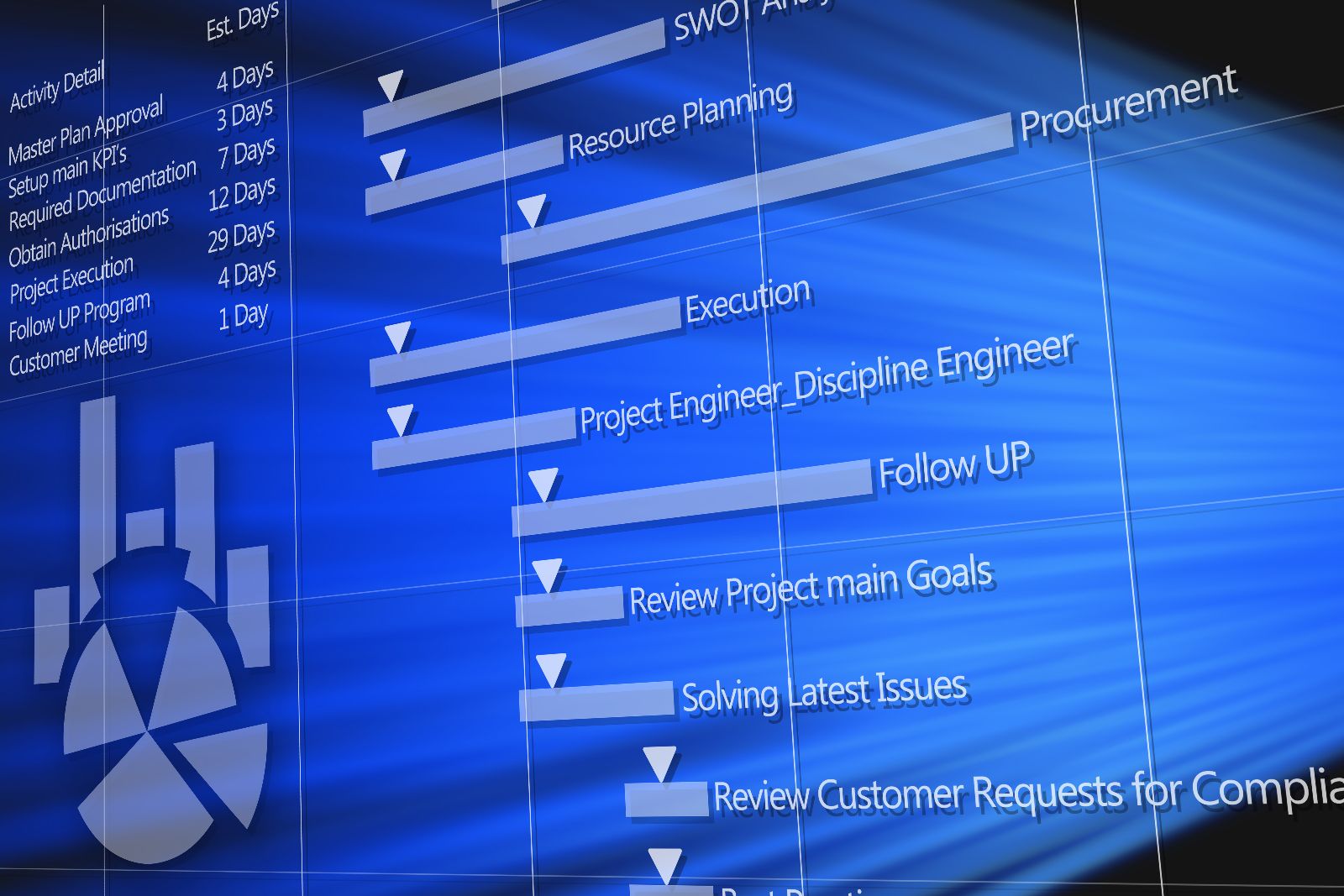As projects have become the major way work is done in a business environment, project management tools—Gantt charts, schedules and reporting systems—as well as project software have helped create a de facto working definition for project management: the use of a set of tools and techniques to manage a combination of money, time, people and work. Many of these tools were created years ago in the military as engineers struggled to control time, costs, and reporting methods. Based on this history and toolset, today’s organizational approach posits that with enough time, money and people, work will get done. Yet something is missing. There are more important ideas and processes that define project management.
Project management, at its core, is getting people to do stuff—hopefully valuable stuff—in an effective, timely manner. Resources are constrained in most organizations: people balance work in the project with other responsibilities and project managers often manage people who report to other managers. Often key portions of the work are done by outside contractors or someone with specific expertise that is unrelated to the project in general. What are the tools that ensure that team members do “the stuff” they need to get done?
A missing piece from the Project Management puzzle that can cause projects to fall short is a failure to manage projects within the social context of the organization. Good project managers are not only masters of PM tools and software but they also are adept at steering the performance of people working in projects, negotiating for resources, and communicating status and priorities to upper management.
Project success can be significantly improved when project managers improve their ability to resolve people problems and encourage and support specific performance and behaviors. At KT, our approach to managing people in projects is based on the Performance System. This model is broken down into five components:
1. Response: The behavior of the performer;
2. Performer: The individual or group expected to perform/behave;
3. Situation: The environment or setting in which the performer works;
4. Consequences: Events that follow the response and increase or decrease the likelihood that the response will occur again; and
5. Feedback: the information the performer receives about progress toward their goals.
The components do not stand alone: they are interacting and interdependent. For example, a project contributor (performer) does the required work (response) and has access to everything needed (situation) to get his project work done, and the manager lets him know that his work is complete and more than met expectations (feedback). Yet when he returns to his regular work, he has missed key deadlines and will have to struggle for weeks to make up for lost time (consequences). What are the chances that this project contributor will resist working on the next project? What are the costs of the work that didn’t get done? On the other hand, what if he had known that his work would be compromised and delayed doing the project work (response)?
Project success relies on much more than project tools and software. By understanding its components and looking at the entire performance system, a project manager can take effective actions that help ensure that people do the “stuff” of projects. They can pinpoint concrete behaviors that need to be changed and influence the performance system so that it will help people and projects succeed.









